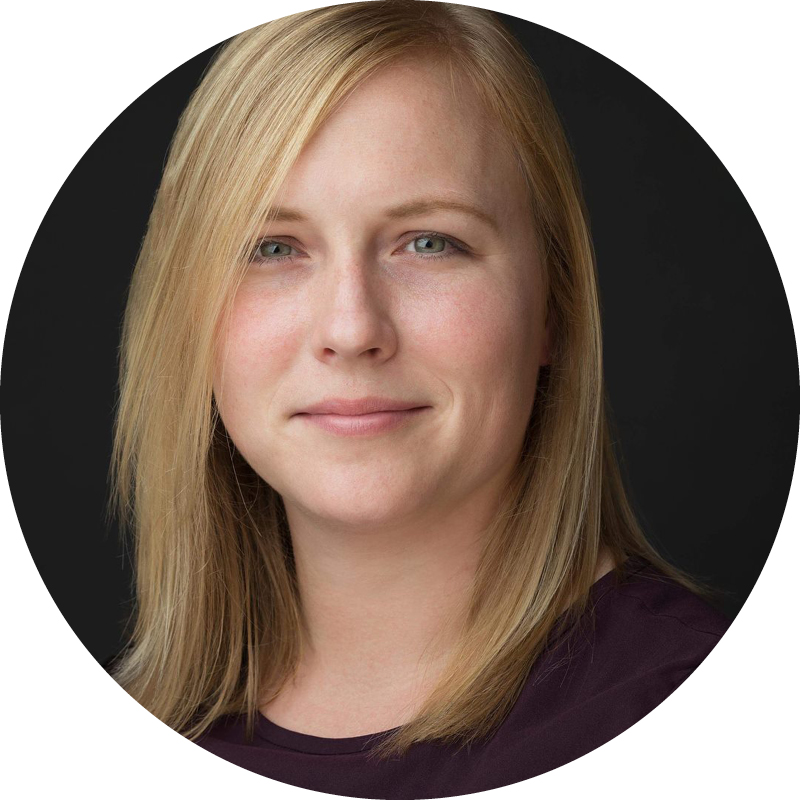Improving Health Care for Every Patient with Epilepsy

Collectively, epilepsies are the fourth most common neurological disease and affect people of all ages. The epilepsies have many different causes and a broad spectrum of severity, but in general they are a group of neurological disorders that all share spontaneous seizures as a hallmark symptom.
Epilepsy often goes undiagnosed or misdiagnosed. And, even when diagnosed, that doesn’t mean there will be an effective treatment or cure: 30 percent of those living with epilepsy do not have full seizure control despite treatment.
I am one of the 30 percent. I’ve been living with epilepsy for 14 years, and my seizure frequency has varied throughout that time—some years just five seizures; other years more than 60 seizures, and this past year, 21 seizures.
My seizures all have one thing in common: they happen without warning, which is the scariest part for me.
Once while traveling for work, I was at the airport alone waiting to head home from a conference. I was sitting at a work area catching up on emails and then, the next thing I remember, I was sitting at the gate talking to my very worried fiancé on the phone. There was a span of 25 minutes between those memories. I’m almost certain no one observing even knew I’d had one, since my type of seizure, focal impaired awareness, can be confused with someone daydreaming or staring off into space.
That’s just one example of when I’ve had a seizure in public, but there have been many others—on public transit, walking alone to meet friends, and at work. (If you ever witness someone having a seizure, make sure to stay with the person and time the seizure. You want to keep them safe and turn them on their side. The Epilepsy Foundation offers more information about Seizure First Aid.)
I only recently started seeing an epileptologist (epilepsy specialist) at the end of 2018 when a colleague made the recommendation after hearing me share my epilepsy journey. I wasn’t aware that I should seek specialized care or that it was even an option.
Alison Kukla, who gained her MPH from Rollins School of Public Health last year, is program manager of National Programs and Services, Epilepsy Foundation, and leader of the Epilepsy Learning Healthcare System Community Core.
My doctor recommended I do a pre-surgical evaluation to see if I’d be a candidate for surgery, which I started January 2019. This consists of a variety of tests, the most recent being a stereo-EEG that kept me in the hospital for 16 days. That test showed I have a second place in my brain where seizures start— they take place in both my left side and right side.
Because they take place in both sides, I’ve learned I’d be a good candidate for an RNS device, which is similar to a heart pacemaker. It can monitor brain waves, then respond to activity that is different from usual or that looks like a seizure. I’m still deciding if I want to move ahead this this surgery.
But I’ve learned so much about my epilepsy since consulting with a specialist, and my care has already improved.
I want to help bring system-level change for other patients and families. There is a need to address the wide variations in the delivery of epilepsy care in clinical practice, the unequal access to specialized care, and the higher rates of death and disability than in the general population.
I joined the leadership team of the Epilepsy Learning Healthcare System, a patient-centered network and exciting new model that addresses the unmet need to improve epilepsy care for all. The model includes patients and families, health care providers, and researchers working together as equal partners to improve both the quality of epilepsy care and outcomes. Our vision is for all those with epilepsy to live their highest quality of life, striving for freedom from seizures and medication side effects, and we won’t stop until we get there.
Thirteen epilepsy centers in the United States are partnering with the Epilepsy Foundation and other community services and professional organizations to learn from every patient at every visit. This will allow for:
- Centers across the country gathering data into a central registry and the analysis of this data to identify gaps in care or outcomes.
- Site improvement teams at each center generating and testing new ideas using the Institute for Healthcare Improvement’s interactive Plan-Do-Study-Act cycles.
- Members sharing successes and improvements during monthly webinars and twice-yearly learning sessions.
- Patients and families participating at every step to drive priorities, design new initiatives, and provide feedback.
- Work with health care providers, community services teams, researchers, and pharmaceutical companies to optimize seizure control and quality of life.
I’ve already benefited from the work being done, and so many more people with epilepsy will have improved health and quality of life because of our network. We’re always looking to grow our community, so if you’re a person with epilepsy or family member, health care provider or researcher, and are interested in improving care, visit epilepsy.com/elhs or contact us at elhs@efa.org.
Email the Editor







